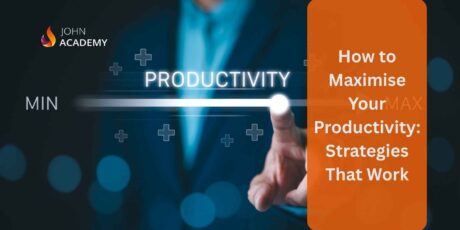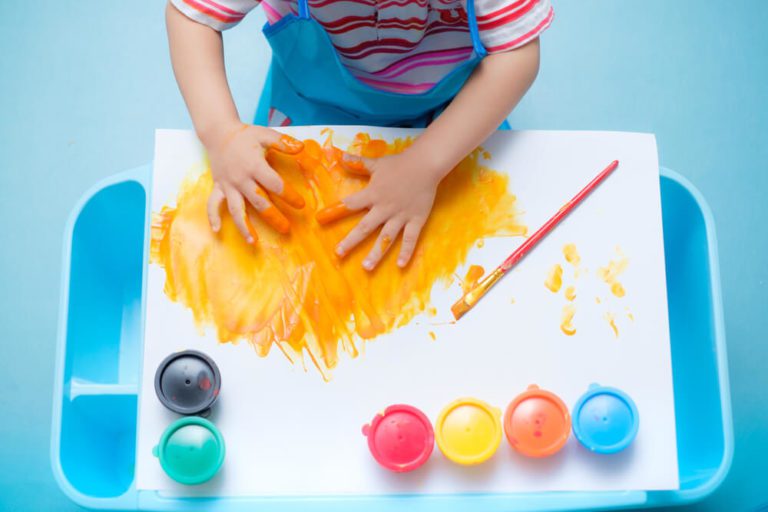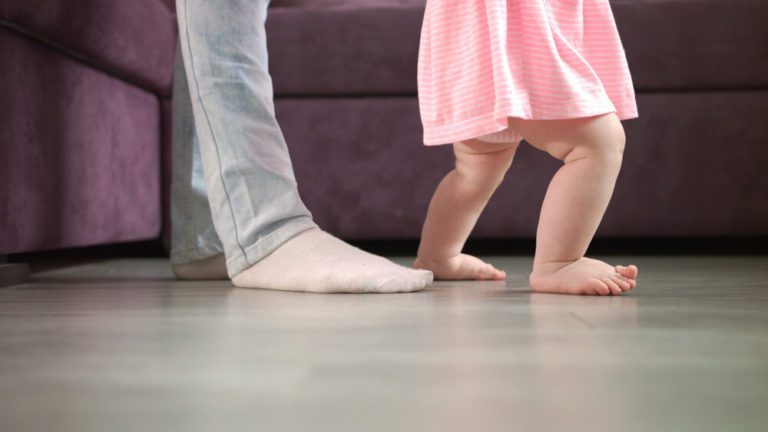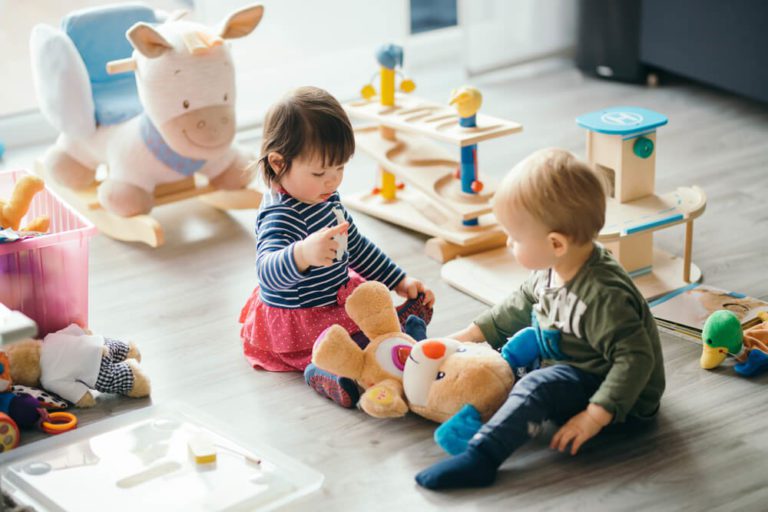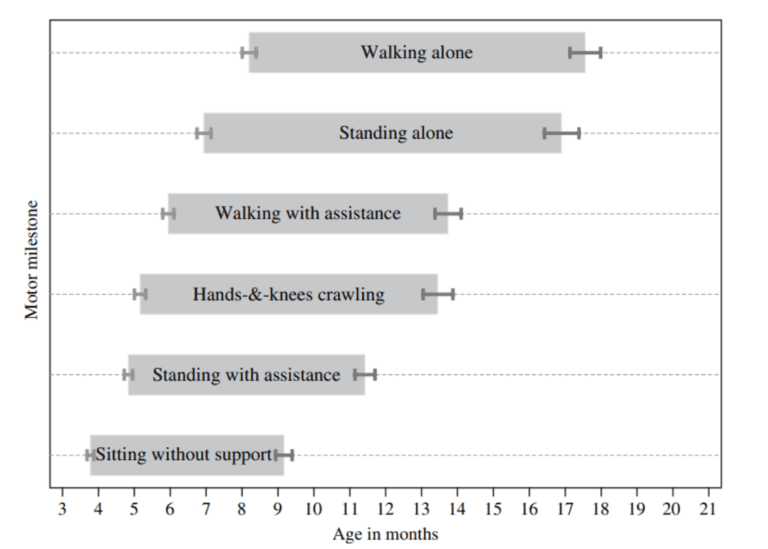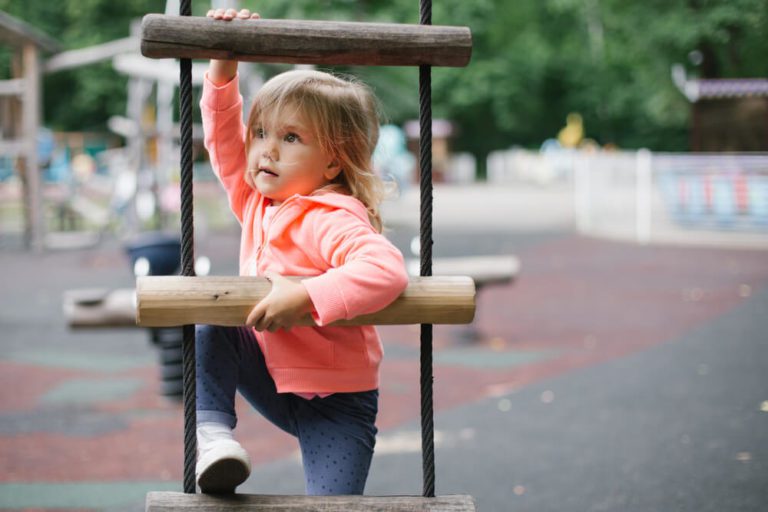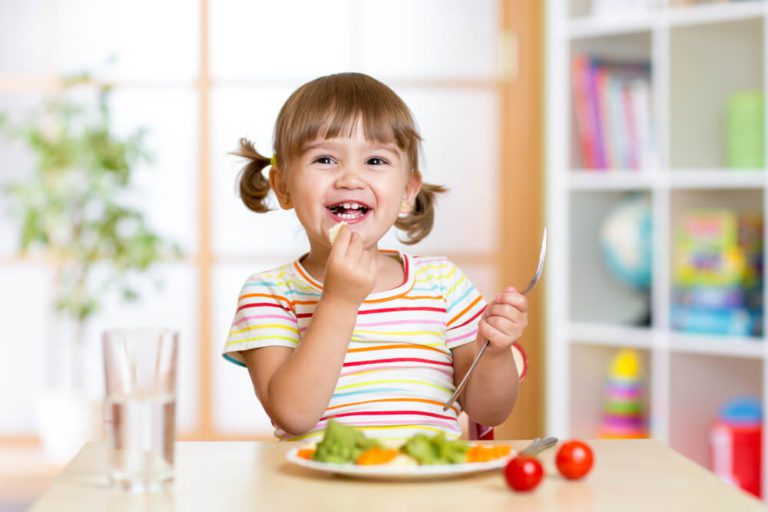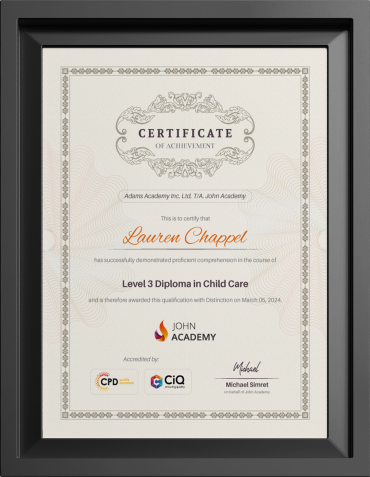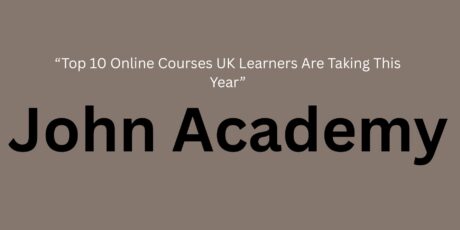
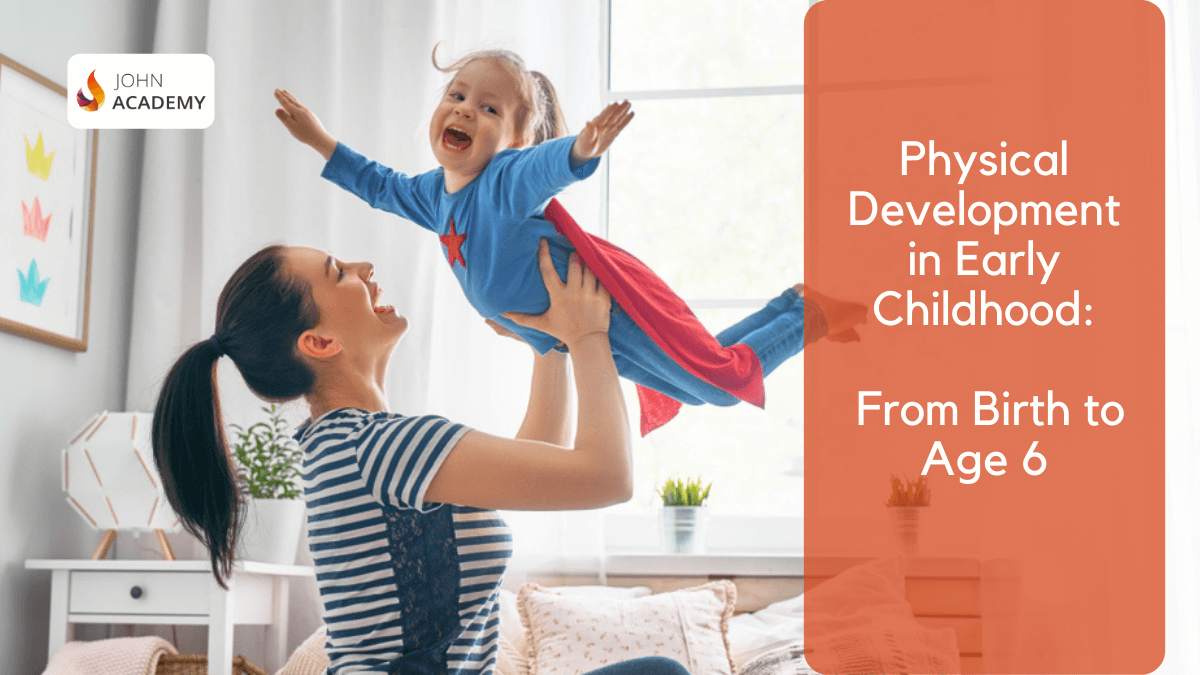
Every parent wants a safe, secure and happy childhood for their child. A positive environment and good physical development provide the foundation children need to make the most of their abilities and talents. Early childhood is a time of remarkable growth and physical development. Knowing about children’s physical development in early childhood will help you see how well your child is doing. While every child is different, it can still help determine your child’s specific needs.
Table of Contents
What is the physical development of a child?
Physical development is a vital part of growing up as children learn to master control of their body. For example, physical development includes sitting, crawling, standing and walking. As children grow and develop, these changes are easily noticed. And they are viewed as ‘markers’ along life’s journey. These markers are referred to as developmental milestones. Hence, physical development in early childhood is very crucial.
In the statutory framework for the early years foundation stage, physical development is one of the prime areas of learning and development. Physical development is also known as motor development.
A child’s physical or motor development falls into two categories:
1. Fine motor skills
2. Gross motor skills
They are described below to give a better understanding of what these skills are and how they help children develop physically.
1. Fine motor skills
To put it simply, fine motor skill (dexterity) is the coordination of small muscles. Thus, fine motor skills are involved in smaller movements. It also includes movements that occur in the wrists, hands, fingers, feet and toes. For example, writing, cutting, painting and colouring are fine motor skills.
It is essential that children acquire fine motor skills at an early stage. Because they will help the child interact with the environment. Here are some tests to assess a child’s fine motor skills:
These tests will help determine if the child is developing properly or not. They will also check if the child has any conditions that may hamper their growth and development.
2. Gross motor skills
Gross motor skills are referred to as the movement and coordination of the arms, legs, and other large body parts. Generally, these skills call for whole-body movement. For instance, they include actions such as standing, running, crawling and swimming. Gross motor skills help us with our everyday functions. That’s why it is important for children to develop these skills timely.
Usually, these skills develop in a head-to-toe order. The children typically learn head control, trunk stability first, and then how to stand up and walk. It is also important to note that children exposed to outdoor playtime activities develop better gross motor skills.
Try customising beautiful and safe Neon Signs for your children’s outdoor activities, which can not only stimulate their interest in sports but also enhance the atmosphere and effect of the entire event. When children run to a specific area, the neon lights will change colour. These game elements can stimulate children’s curiosity and encourage them to participate in sports more actively.
Physical development goals in early childhood
There are two early learning goals for physical development in early childhood. They are described below –
1. Moving and handling
Physical development calls for providing opportunities for young children to be active. Children show good control and coordination in terms of both large and small movements. However, this comes through using and playing with various objects such as spoons, beakers, cars, jigsaws and other playthings. Thus, they are able to handle equipment and tools effectively. For example, when they can hold a pencil for writing. They also learn to move with confidence in more than one way. This confidence enables them to want to ride a scooter or jump in a puddle later on.
2. Health and self-care
Through health and self-care, children learn about the effects of a healthy lifestyle on their bodies. This includes all the factors that affect their development, including making healthy choices about food. They also learn to manage their basic hygiene and personal needs successfully. Examples include – dressing and going to the toilet independently.
Why is physical development important?
Children undergo rapid and wide-ranging physical developments in their early years. As a result, it contributes to their future health and well-being. It also helps their cognitive development.
Physical development can also help maintain a healthy weight and develop strong bones, muscles and heart. In addition to that physical development can help develop personal and social skills. Skills such as self-confidence, social interaction, getting along with others and so on.On the contrary, there has been an increase in children’s inactive behaviour and reduced physical activity over the last few years. For this reason, recognising a child’s physical developmental needs is a significant part of child care.
Physical developmental milestones in early childhood
Developmental milestones ordinarily refer to a set of developmental changes in children. They result in the improved ability of a child to coordinate and control voluntary movements. To illustrate, learning to walk is one of the most important milestones for a child’s development. But before learning about developmental milestones, it is important to remember the four themes provided by the EYFS.
- Every child is a unique child.
- Children learn through positive relationships – to be strong and independent.
- Children develop and learn more in enabling environments.
- They develop and learn in different ways and at different rates.
World Health Organization (WHO) provided the following information on ‘windows of milestone achievement expressed in months’
(Source: World Health Organization)
Aside from this, there are other fine motor skills and gross motor skills milestones. They are given below.
Fine motor development milestones in early childhood
Developmental milestones for fine motor skills of children in early childhood are as follows –
| Age | Developmental Milestones (Fine motor skills) | Possible implications if milestones are not achieved |
0–6 months |
|
|
6–12 months |
|
|
1-2 years |
|
|
2-3 years |
|
|
3–4 years |
|
|
4-5 years |
|
|
5–6 years |
|
|
Note: Each stage assumes that the preceding stages have been successfully achieved.
Gross motor development milestones in early childhood
Some developmental milestones for gross motor skills in children in their early childhood are given below:
| Age | Developmental milestones (Gross motor skills) | Possible implications if milestones are not achieved |
0-6 months |
|
|
6-12 months |
|
|
12-18 months |
|
|
2 years |
|
|
3 years |
|
|
4 years |
|
|
5 years |
|
|
6 years |
|
|
Note: Each stage assumes that the preceding stages have been successfully achieved.
If you notice that your child is not meeting the milestones, consult your paediatrician. Before worrying too much, remember that childhood development is complicated. Every child grows and develops at their own rate.
When there is a delay
If you observe any developmental delays in your child, it may signal conditions like cerebral palsy. Cerebral palsy often stems from damage to the developing brain during pregnancy, birth, or shortly after birth. This condition can result from mishandling during delivery, leading to reduced oxygen supply to the brain or physical trauma. If milestones are not being met, consulting your pediatrician is imperative.
Early intervention is crucial for managing cerebral palsy, as tailored therapies and support can significantly enhance the child’s quality of life. Additionally, a cerebral palsy lawyer can assist families in navigating the complex legal process and securing financial compensation for necessary medical treatments.
How does play support a child’s physical development?
Did you know that children don’t need additional exercises like adults? However, children need enough playtime for proper physical development in early childhood. For this reason, it is a very critical component in the lives of children. Active play improves not only physical development but also the cognitive, social and emotional well-being of the child.
The Department of Health says to aim for at least three hours of physical activity a day for children in the early years. As a parent or caregiver, you can choose from the following types of play for the child’s physical development.
1. Unoccupied play
2. Solitary play
3. Onlooker play
4. Parallel play
5. Associative play
6. Co-operative play
These are known as Parten’s stages of play. Parten says, as the children become older, their chosen type of play will also change. Overall, a child needs an enabling environment for healthy physical development.
Nutritional concerns for physical development in early childhood
Although young children can be picky eaters, it is important to ensure that they meet their nutritional needs. Proper nutrition intake is very crucial for physical development in early childhood. Therefore, you must expose them to a variety of healthy foods. At the same time, avoid too many high-fat, too sugary or low-nutritional foods. However, it is essential to remember that their nutritional needs will vary depending on their age. Also, children can experience deficiencies if not given well-balanced nutrition.
Some useful tips for a healthy eating habit of children are given below –
- Never force your child to eat.
- Recognise that appetite may vary.
- Limit choices when asking for “What would you like to have?.”
- Serve balanced meals.
- Don’t bribe children to eat. (e.g. making children eat vegetables by promising them dessert)
The bottom line
All in all, physical development is the most important among the three prime areas mentioned by EYFS. Physical development is also linked with other forms of development. In fact, it only puts further emphasis on the physical development of children in early childhood. Ensure children’s proper development by being aware of their needs and learning about Child Care.
Read more blogs


How to Protect Yourself from COVID‑19 Omicron variant Effective Prevention Tips


Top 10 Fast-Growing Careers in the UK You Should Know About in 2025
